Hi,
Can someone help explain the below idealscope image? The ring is already mounted and taking a good photo with an iPhone is really difficult. I would like to know if that is the “ring of death.” And if there’s major issues/leakage? Is this image OK? It’s very hard to have the arrows aligned while taking a photo so please excuse the quality.
It’s in a bezel setting. It’s gia xxx.
Ring specs: table 56, crown angle 35.5 (steep and outside PS range), Pavillion 40.8, lower half 75%, star length 55%, depth 62.3%, medium faceted 3.5%.
Thank you in advance.
Can someone help explain the below idealscope image? The ring is already mounted and taking a good photo with an iPhone is really difficult. I would like to know if that is the “ring of death.” And if there’s major issues/leakage? Is this image OK? It’s very hard to have the arrows aligned while taking a photo so please excuse the quality.
It’s in a bezel setting. It’s gia xxx.
Ring specs: table 56, crown angle 35.5 (steep and outside PS range), Pavillion 40.8, lower half 75%, star length 55%, depth 62.3%, medium faceted 3.5%.
Thank you in advance.

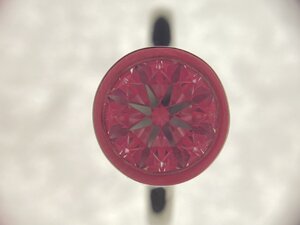

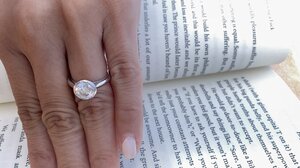
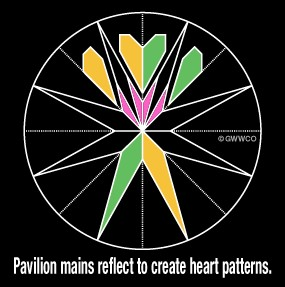
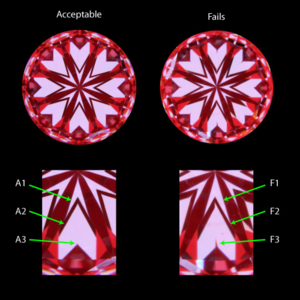
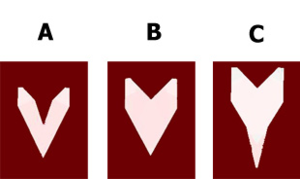
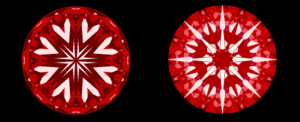
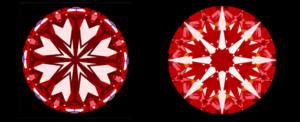
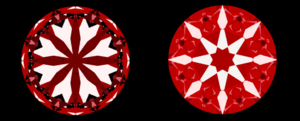
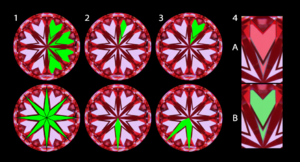
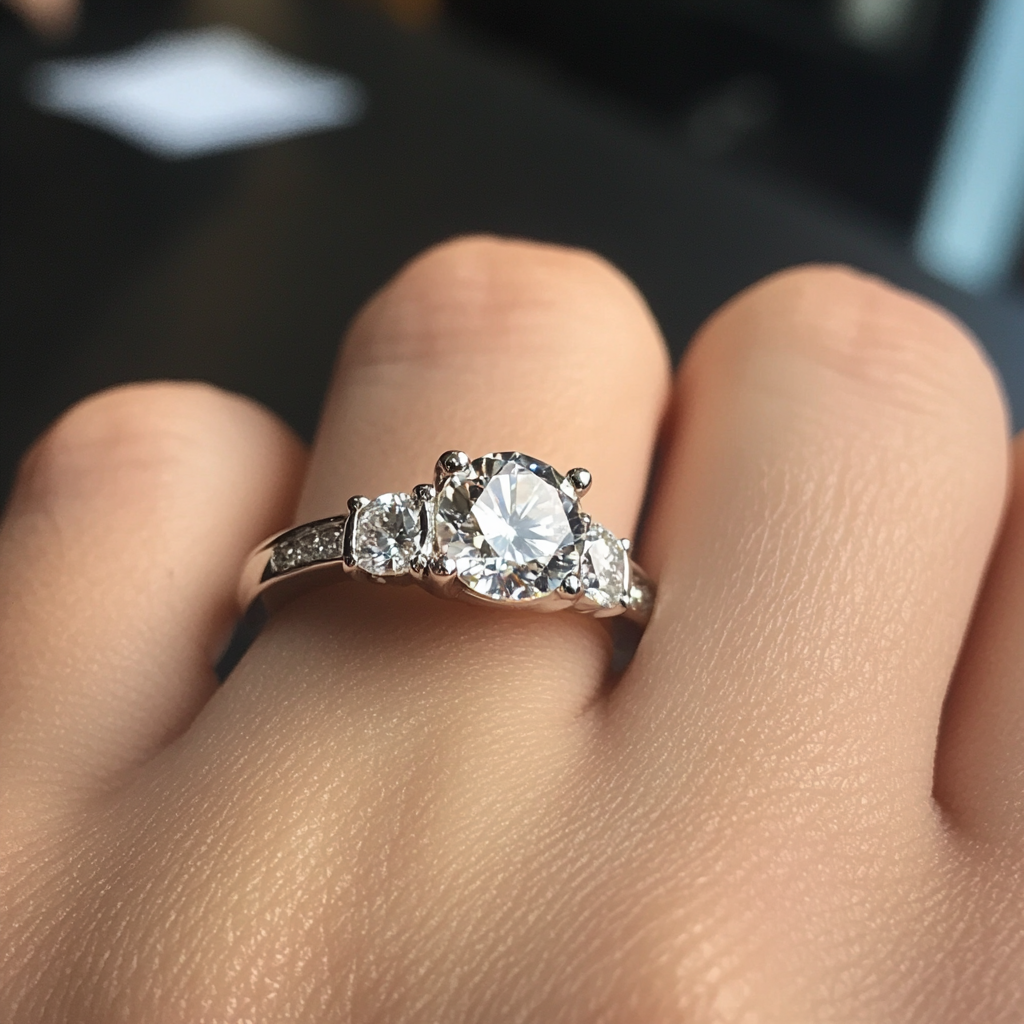

300x240.png)